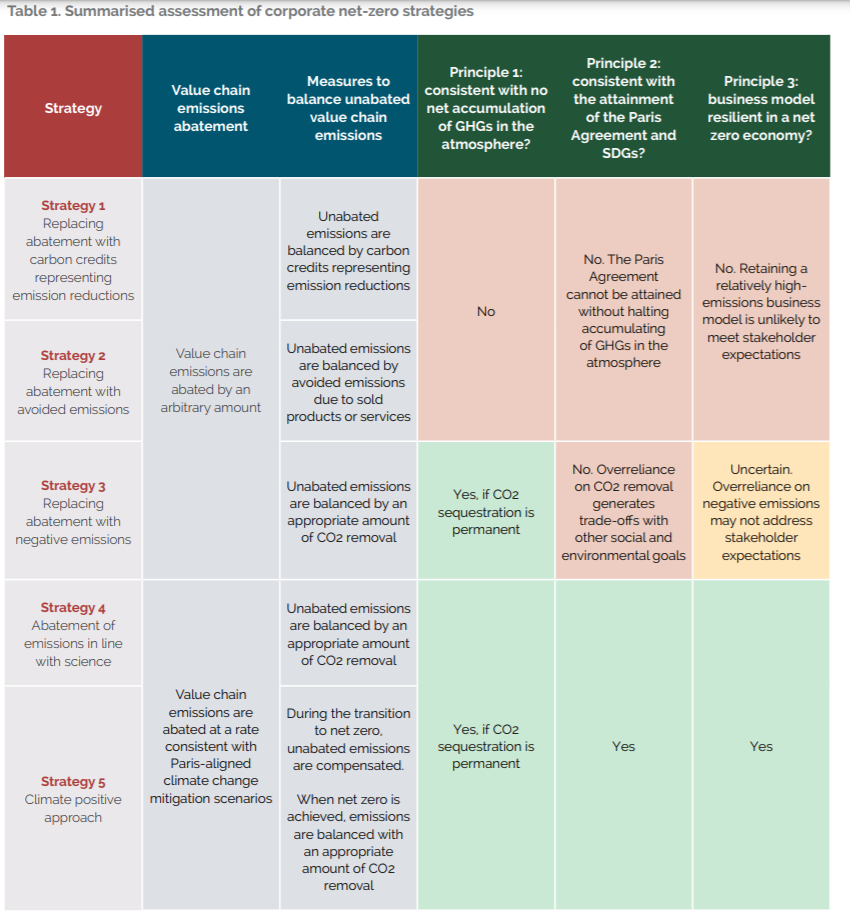Science Based Targets and the net zero movement: marriage of the century?

The Science Based Targets Initiative have this week published a new paper providing the foundations for science-based corporate net zero targets. For those who have been following the evolving rulebook around science-based targets and the move to net zero in recent years, this paper finally provides a basis for these two tricky areas to align.
The purpose of the paper is to provide a framework for assessing net zero commitments by companies against climate science. Detailed guidance and assessment criteria will follow but we expect to see a major overhaul of the SBTI’s current validation process to finally bring this influential movement in line with the net zero transition.
The paper covers ground familiar to those involved in corporate net zero target setting. It outlines ten recommendations that are likely to underpin the new SBTI framework. Below we reflect on the most notable inclusions (and omissions) in the report.
1. Value chain focus:
It is interesting to see that the SBTI are placing less emphasis on separating Scopes 1 & 2 and Scope 3 (to which there are three references) but instead referring to reducing emissions from across the value chain (96 references!). The paper reports the findings of a survey showing that nearly half of respondents felt Scope 3 targets should be aligned with the 1.5C pathway, in addition to Scope 1 & 2. This reflects the growing importance of taking a value chain-wide view of carbon impact.
Perhaps the whole concept of emissions scopes as set out by the World Business Council For Sustainable Development (WBCSD) in 2004 is no longer fit for purpose as a one size fits all protocol for the complete value chain. To give some examples, fossil-fuel companies will need to consider the downstream scope 3 impacts of the energy products they sell. The buildings sector will need to deal with whole building energy use – not just the Scope 1 and 2 emissions of landlord-controlled areas but also tenant energy use – currently a Scope 3 emissions source.
2. The ‘mitigation hierarchy’:
It is interesting to see reference to the ‘mitigation hierarchy’. The SBTI say that companies should eliminate carbon first, then turn to ‘neutralisation’ and ‘compensation’ measures – carbon removals and offsetting respectively, in simple terms. This appears to be similar to the ‘energy hierarchy’ we see in the commercial real estate sector advocated by the World Green Building Council, Better Buildings Partnership and others. But it does not yet seem to make the point that energy efficiency is a direct route to carbon elimination in a net zero world, because it enables a nation’s limited zero carbon supply capacity to match its overall energy demand, as FES2020 illustrated so powerfully.
3. Dim view of offsetting:
The paper is clear that offsetting “…is not consistent with reaching net-zero emissions at the planetary level”, with greater emphasis on carbon removals. In an illustrative example showing a business chiefly using offsets to become net-zero, the strategy is panned as “…not lead[ing] to a decarbonized business model”. Offsetting measures are also argued to not mitigate the company’s climate-related transitions risks. The paper take a warmer view of insetting – in which companies use carbon finance as a vehicle to abate emissions within their own value chain – noting that these types of measures should be captured as part of a company’s ‘abatement efforts’. Nature-based solutions are also referenced heavily in the paper and are deemed an acceptable part of a company’s emissions abatement plan. Table 1 on page 31 in the report (see below) provides an SBTI critique of five different ways of reaching net zero – only the two focussed on total abatement or a climate-positive approach tick all the boxes, while those based on carbon credits, avoided emissions or negative emissions technologies fall down in some areas.
4. Taking the long (and short) view:
It seems that simply setting a ‘net zero by 2050’ target will not be sufficient for the SBTI. Long-term will need to be supported by interim science-based targets to ensure that planning and investment cycles are sensitive to the need to decarbonise.
5. The burning questions:
The SBTI recognise that they have yet to answer a critical question - how much residual carbon is acceptable for different sectors of the economy? Which emissions sources are infeasible to abate in scenarios that limit warming to 1.5C?
The paper represents a good start in weaving the concept of net zero into a movement which has the support of nearly 1,000 corporates across the world. It is our view that the SBTI was increasingly out of touch with the zeitgeist as individual economic sectors – most notably the building sector - have begun to develop net zero definitions that suit their individual contexts.
We look forward to participating in the ‘transparent and balanced multi-stakeholder process’ that will follow to develop this guidance further.

